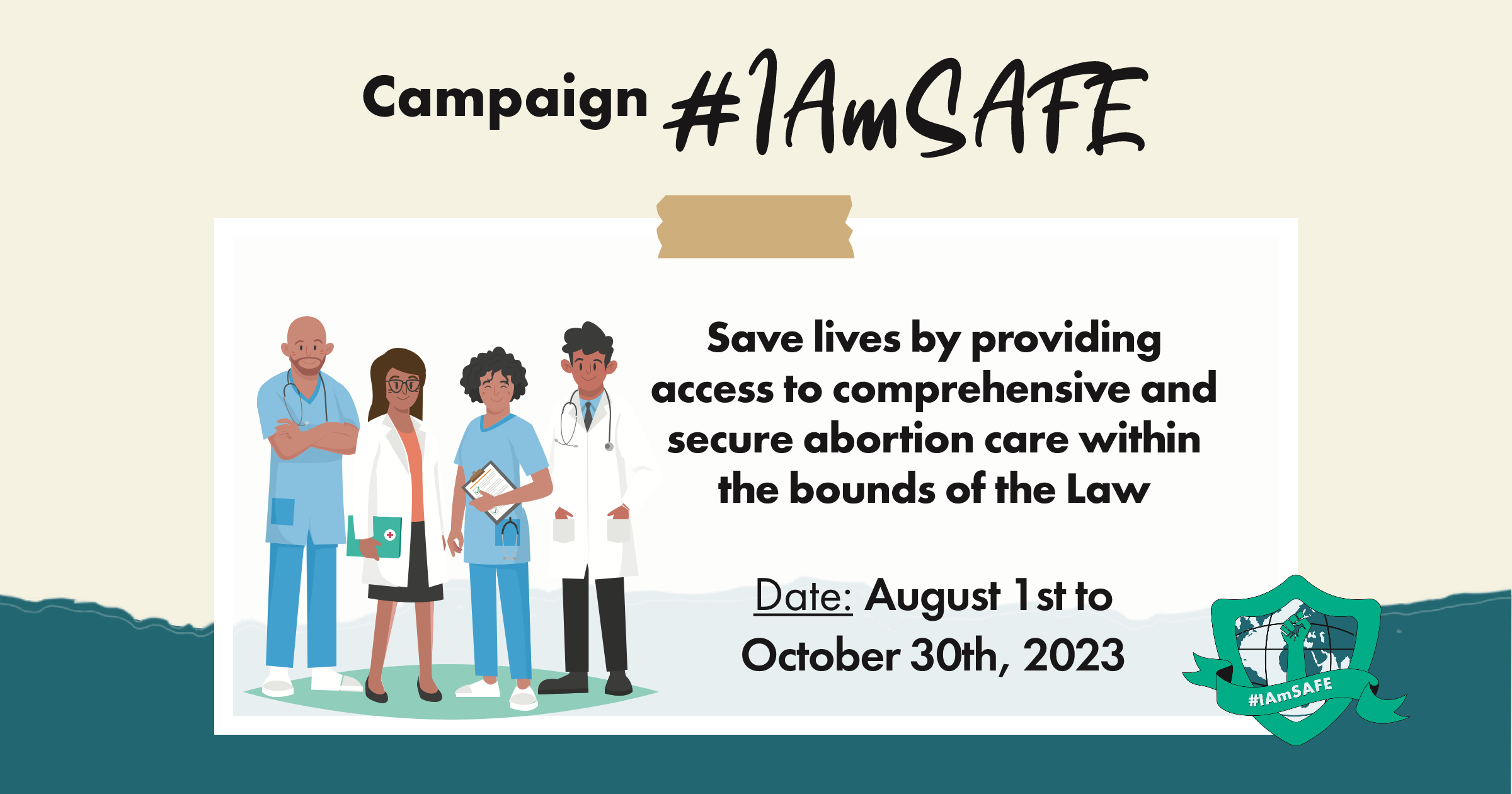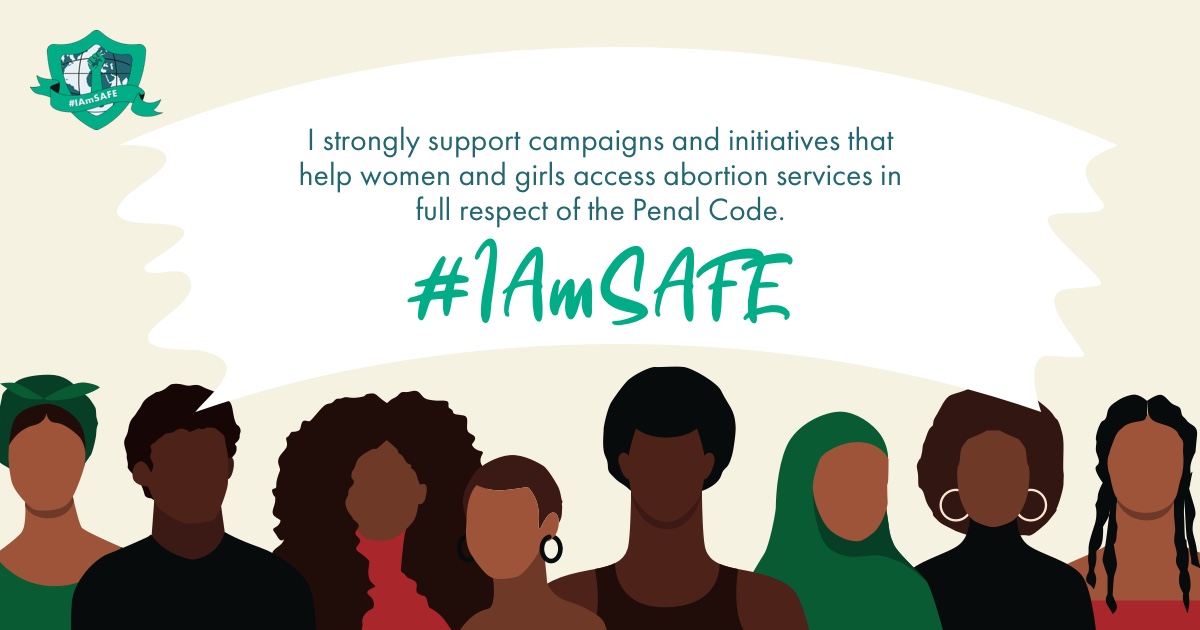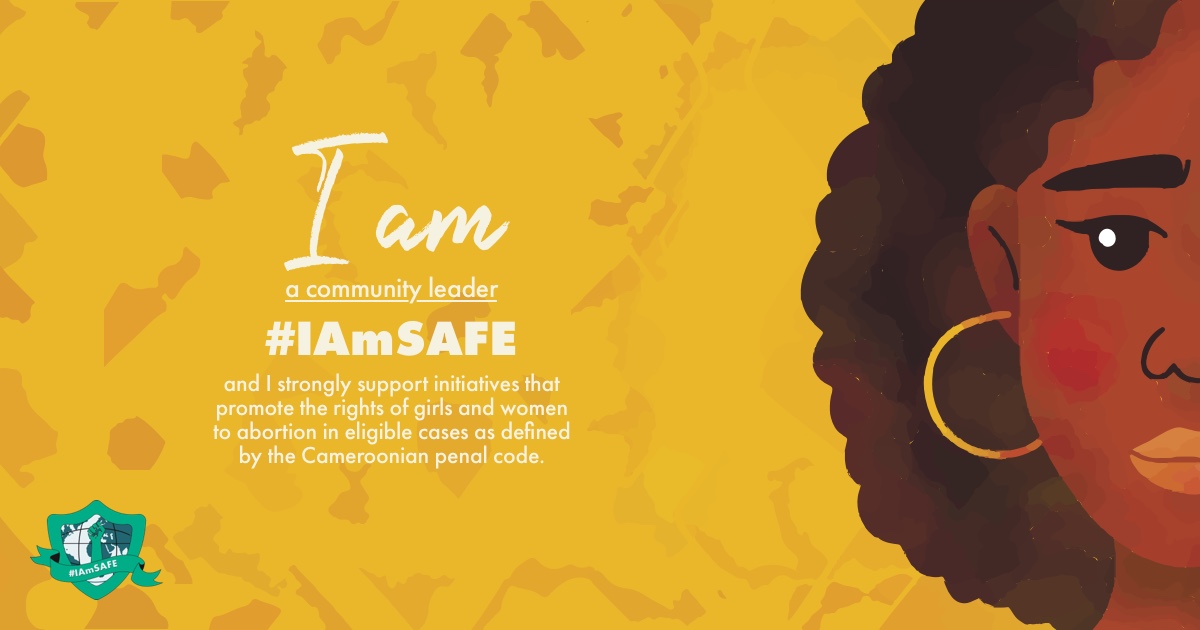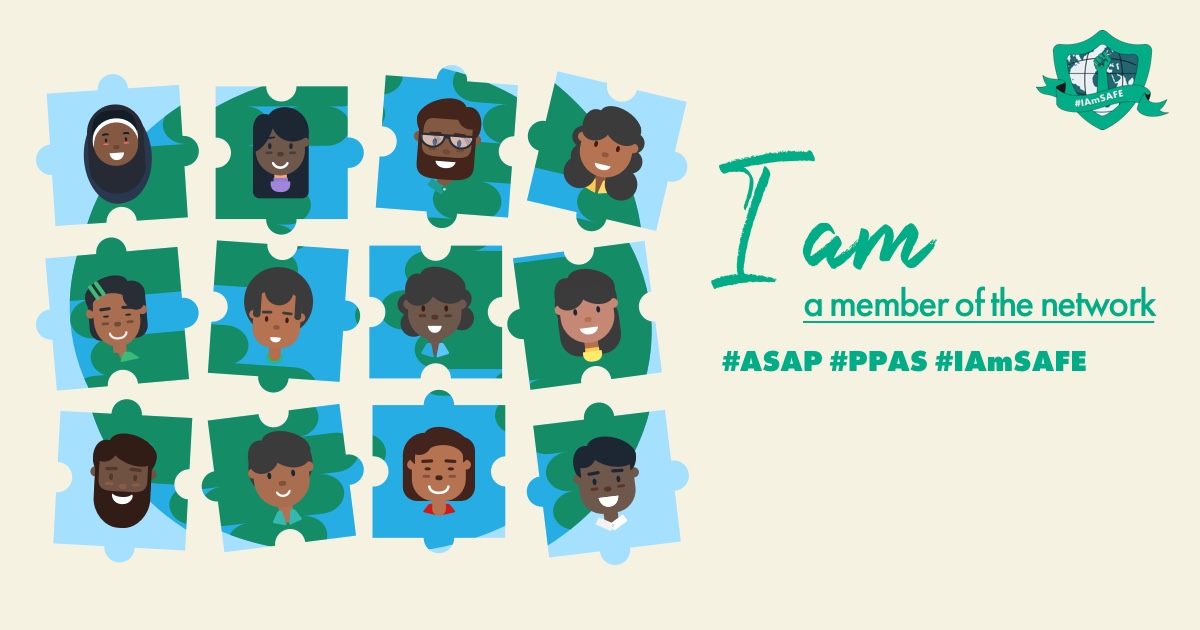The COVID-19 pandemic has disproportionately impacted women and girls around the world, in part due to temporary restrictions placed on abortion services in some countries. The rapid adoption of technology in health and care services during the COVID-19 pandemic, meanwhile, has enhanced its potential in providing effective and efficient health care, in particular to those in underserved communities. Telemedicine abortion is one such area that has the potential to enable women and girls to self-manage abortion in their homes, through online consultation with health care providers and with medicines delivered to, or collected by, the patient.
FIGO position on issue
FIGO considers reproductive autonomy, including access to safe abortion services, to be a basic and non-negotiable human right. Abortion is a time sensitive, essential medical service – one that should be provided in accordance with women and girls’ preferences, and with safety, privacy and dignity at the forefront. FIGO demands that all governments remove the barriers that impede access to safe abortion services and ensure universal access to safe abortion for all girls and women – both during COVID-19 and afterwards.
Telemedicine abortion programmes implemented during the pandemic have demonstrated that such services can provide efficacy, safety, efficiency and acceptability without an ultrasound scan. Examples in England and Wales have improved access for all women and girls and reduced barriers to care, which have had a particularly significant impact on marginalised and disadvantaged groups.[1] Telemedicine abortion has been used in Australia since 2015 and direct-to-patient telemedicine medical abortion service was proven to be effective, safe, inexpensive and satisfactory.[2]
Safety and privacy
Telemedicine is a safe and private method to have an abortion in early pregnancy without having to visit a clinic. It helps to reduce exposure to stigma and increases access to abortion services for women and girls living in remote communities. An in-person meeting is not essential to the provision of safe and effective abortion services. Indeed, the World Health Organization (WHO) states that women can safely self-manage medical abortion in circumstances where they have access to appropriate information and to health services should they need or want them at any stage of the process.[3]
FIGO recognises telemedicine as an effective tool that can ensure women and girls have access to safe, non-judgmental abortion services at all times. Recent data from England and Wales – where telemedicine for abortion was introduced as a temporary measure during the COVID-19 pandemic – illustrates that women are successfully able to self-manage their abortion. Indeed, significant adverse events were extremely rare.[4] Further evidence on telemedicine and self-managed abortion also highlights the benefits for task-sharing among health professionals, which reduces strain on public health systems, which in almost all cases are already overstretched.1
Telemedicine improves patient safety because it can reduce the gestational age at which abortion is carried out.1,5 There is no evidence base to support routine scanning to eliminate the chance of ectopic pregnancy,[5] and qualified staff can recognise clinical and safeguarding risks without in-person meetings. The WHO has long recommended use of telemedicine abortion and states that ultrasound scanning is not routinely required for the provision of abortion.[6] In addition, in the UK, the National Institute for Health and Care Excellence (NICE) has recommended that abortion can be carried out before definitive ultrasound evidence of intrauterine pregnancy.5 Women and girls already seek abortion pills online for a variety of reasons, but may not be obtaining safe, high-quality products.[7] Pills supplied by a regulated provider ensures the quality of the medicines being used.
Improved accessibility
Telemedicine improves accessibility to health care across the board by removing many barriers, including transport, employment or care responsibilities, disability, and costs related to attending a clinic. For women and girls accessing medical abortion, telemedicine also removes barriers associated with concerns of privacy, and may also improve access due to an overall reduction in waiting time to receive treatment.1 Research has shown that telemedicine abortion services are particularly favoured among those for whom in-clinic visits are logistically or emotionally challenging.[8]
Positive impact on the experiences of women and girls
The telemedicine model is already used as a guiding star for many countries looking to improve their sexual and reproductive health care provision. Given the demonstrable impact on women and girls seeking abortion, as well as on health care workers and systems, the model is desirable for many settings, especially those that face resource limitations.
Telemedicine has reduced the dependence on unregulated methods of health care across many reproductive health services, including abortion.[9] Telemedicine abortion, without an ultrasound scan and with pills taken at home, offers women and girls more choice in identifying the appropriate abortion option for them. In addition, removing the need for a pre-abortion ultrasound potentially expands the range of health care providers who can offer medical abortion, further increasing the likelihood of women and girls accessing safe, private and dignified health care.
Around the world, women and girls with unwanted pregnancies put themselves in extreme danger every day by undergoing illegal and unsafe abortions. Women and girls will always need access to safe abortions. Telemedicine provides a safe, compassionate and cost-effective solution.
FIGO recommendations and commitments
FIGO recommends investment by governments around the world to strengthen the provision of and access to telemedicine. This will help to ensure the safe, timely and effective delivery of care to women and girls everywhere, including those seeking abortion services.
FIGO commits to:
- share evidence of the success of telemedicine abortion with our national member societies and as part of our national and global advocacy efforts
- encourage and support national member societies to examine opportunities to implement similar services, in particular in low- and middle-income countries (LMICs)
- continue to advocate for the decriminalisation of abortion in all countries and support global efforts to improve access to safe abortion, free from any stigma and discrimination based on age, location, gender, religion, socioeconomic status, disability, ethnicity, religion or cultural background and other statuses.
About FIGO
FIGO is a professional organisation that brings together obstetrical and gynaecological associations from all over the world. FIGO’s vision is that women of the world achieve the highest possible standards of physical, mental, reproductive and sexual health and wellbeing throughout their lives. We lead on global programme activities, with a particular focus on sub-Saharan Africa and South East Asia.
FIGO advocates on a global stage, especially in relation to the Sustainable Development Goals (SDGs) pertaining to reproductive, maternal, newborn, child and adolescent health and non-communicable diseases (SDG3). We also work to raise the status of women and enable their active participation to achieve their reproductive and sexual rights, including addressing female-genital mutilation (FGM) and gender-based violence (SDG5).
We also provide education and training for our Member Societies and build capacities of those from low-resource countries through strengthening leadership, good practice and promotion of policy dialogues.
FIGO is in official relations with the World Health Organization (WHO) and a consultative status with the United Nations (UN).
References
[1] Aiken ARA, Starling JE, Gomperts R, et al. Demand for self-managed online telemedicine abortion in eight European countries during the COVID-19 pandemic: a regression discontinuity analysis. BMJ Sex Reprod Health. 2021. https://srh.bmj.com/content/early/2021/01/11/bmjsrh-2020-200880
[2] Hyland P, Raymond EG, Chong E. A direct-to-patient telemedicine abortion service in Australia: Retrospective analysis of the first 18 months. Aust N Z J Obstet Gynaecol. 2018;58(3):335-340. https://pubmed.ncbi.nlm.nih.gov/29603139/
[3] World Health Organization (WHO). WHO recommendations on self-care interventions self-management of medical abortion. 2020. https://apps.who.int/iris/bitstream/handle/10665/332334/WHO-SRH-20.11-eng.pdf?ua=1
[4] Reynolds-Wright JJ, Johnstone A, McCabe K, et al. BMJ Sex Reprod Health. 2021. https://srh.bmj.com/content/familyplanning/early/2021/02/04/bmjsrh-2020-200976.full.pdf
[5] National Institute for Health and Care Excellence. Abortion care. 2019. Available at: http://www.nice.org.uk/guidance/ng140
[6] WHO. Safe abortion: technical and policy guidance for health systems. Second edition. 2012. https://apps.who.int/iris/bitstream/handle/10665/70914/9789241548434_eng.pdf?sequence=1
[7] Zamberlin N, Romero M, Ramos S. Latin American women’s experiences with medical abortion in settings where abortion is legally restricted. Reprod Health 2012;9,34. https://doi.org/10.1186/1742-4755-9-34
[8] Porter Erlank C, Lord J, Church K. Acceptability of no-test medical abortion provided via telemedicine: analysis of patient-reported outcomes. BMJ Sex Reprod Health. 2021 https://srh.bmj.com/content/early/2021/02/17/bmjsrh-2020-200954
[9] DeNicola N, Grossman D, Marko K, et al. Telehealth Interventions to Improve Obstetric and Gynecologic Health Outcomes: A Systematic Review. Obstet Gynecol. 2020;135(2):371-382. https://pubmed.ncbi.nlm.nih.gov/31977782

















